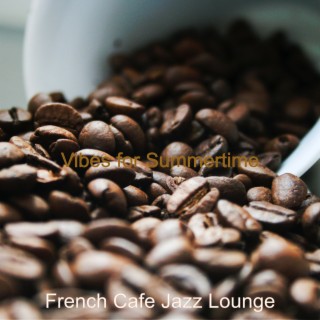

The song has been of great inspiration to many writers, most notably Paul Anka, who attained the rights to the song after hearing it in Paris. François was excited about the recording but adamant they should include the theme of a couple suffering from an oppressive relationship, as a consequence of his hostile breakup with French singer France Gall. However, Revaux was disappointed with the recording and asked François to re-record it in 1968. Written by Claude François and Jacques Revaux in 1967, the song was originally recorded by Hervé Vilard. Words are on the Powerpoint, audio is of my Y6 class (and myself) singing the song - it is set to. A song created by myself and my colleague to reinforce/introduce cafe vocabulary to Y6, but could be used for Y7 too. Music critic Sylvie Simmons stated that the lyrical subtleties and French nuances were lost on the late-1960s Brits, confirming the notion that “life across the Channel was one of unchecked lubriciousness.” French Song to Taylor Swift Au Cafe, Food & Drink. Rumour has it La Mer is the consequence of a long. An exception to the rule at the time, Trenet solely released songs he had composed and recorded. The fiery pop love tunes are sung in French with the guitar arrangements. However, the song is one of the greatest success stories of French chanson, and by 1986 it had sold four million copies. Charles Trenet La Mer (1946) Charles Trenet, born in 1913, was a French singer, composer, and lyricist most famous for recordings during the late-1930s through to the mid-1950s. Former French-Italian model and current singer and the First Lady of France Carla Bruni issued the third disc Comme Si De Rien NEtait. The French press reported the song as an “audio verite,” and the eroticism was considered offensive which resulted in its expulsion from radio across much of Europe. The song was declared by Gainsbourg to portray the impossibilities and desperation of physical love, and features provocative lyrics such as “Je vais et je viens, entre tes reins” (“I go and I come, between your loins”). In 1968, Gainsbourg began dating English actress Jane Birkin and they recorded the song together.

Originally written by Gainsbourg at the request of girlfriend Brigitte Bardot, when her businessman husband heard it he asked for the single to be withdrawn. Banned in many countries for its explicit nature, the song did attract universal acclaim and eventually reached number one in the UK charts. Lyrically, the song details the conversation between two lovers during intimacy. Translated as “I Love You….Me Neither,” the track is one of the most controversial duets ever released.


 0 kommentar(er)
0 kommentar(er)
